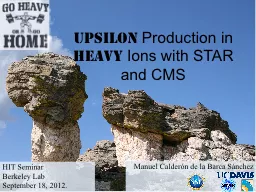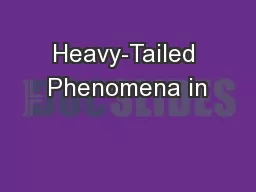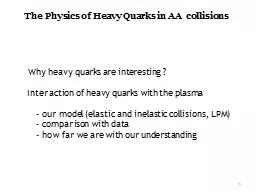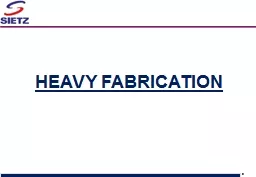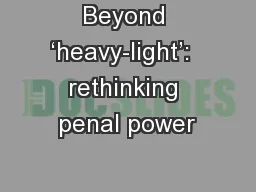PPT-Upsilon Production in Heavy
Author : debby-jeon | Published Date : 2018-02-27
Ions with STAR and CMS Manuel Calderón de la Barca Sánchez HIT Seminar Berkeley Lab September 18 2012 Outline Bottomonium in heavy ion collisions Upsilon
Presentation Embed Code
Download Presentation
Download Presentation The PPT/PDF document "Upsilon Production in Heavy" is the property of its rightful owner. Permission is granted to download and print the materials on this website for personal, non-commercial use only, and to display it on your personal computer provided you do not modify the materials and that you retain all copyright notices contained in the materials. By downloading content from our website, you accept the terms of this agreement.
Upsilon Production in Heavy: Transcript
Download Rules Of Document
"Upsilon Production in Heavy"The content belongs to its owner. You may download and print it for personal use, without modification, and keep all copyright notices. By downloading, you agree to these terms.
Related Documents

